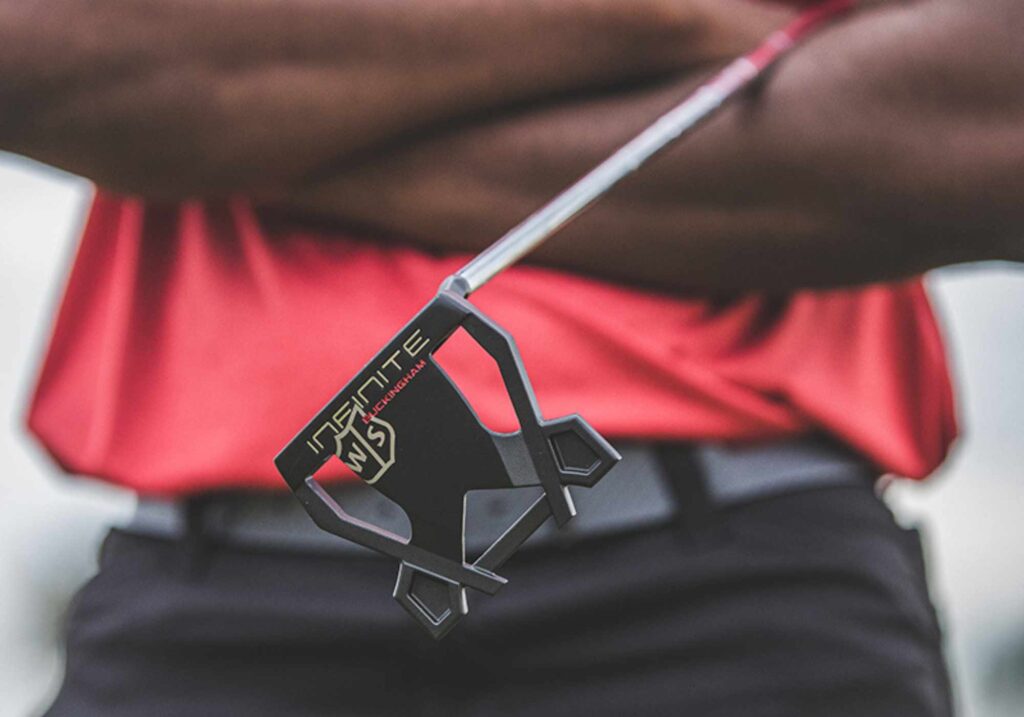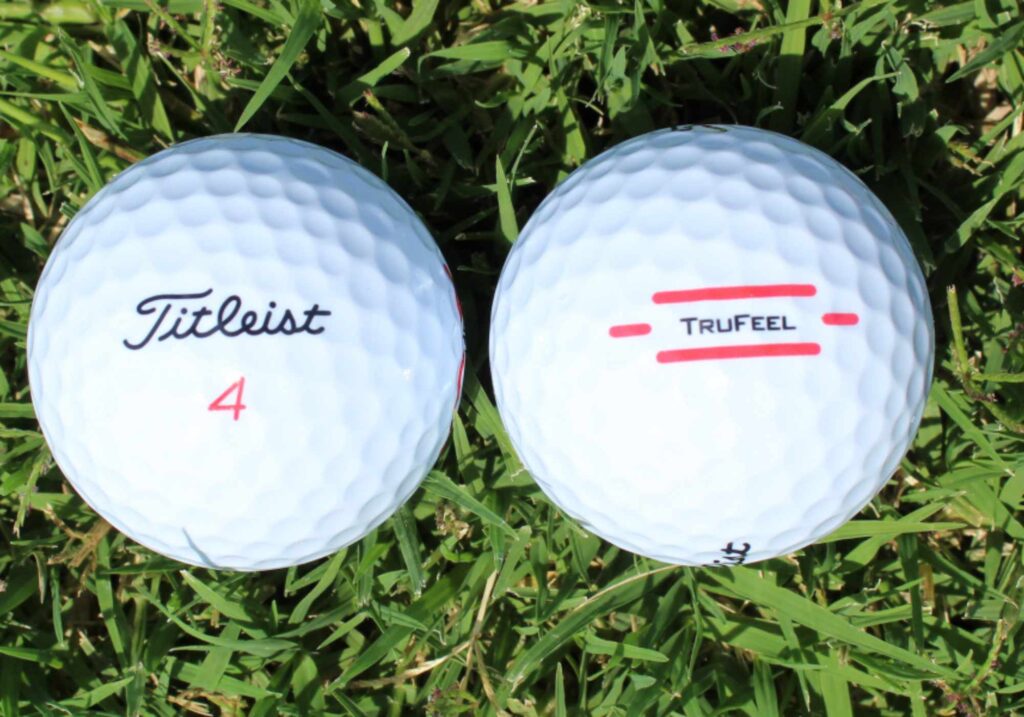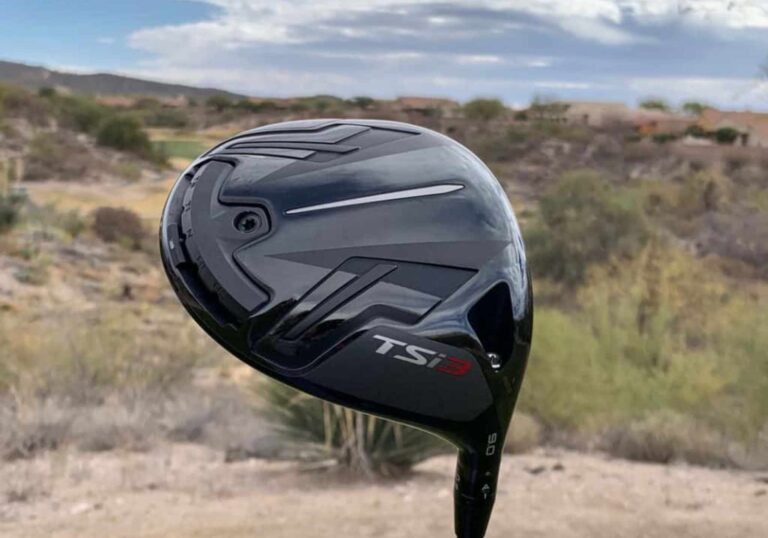Let’s face it — golf can get expensive fast. Between green fees, apparel, balls, and gadgets, your wallet can start to feel as overworked as your driver. And then there’s the bag itself: clubs, headcovers, gloves, maybe even a rangefinder if you’re so inclined.
But here’s the good news — building a solid golf bag doesn’t have to drain your bank account. Whether you’re just getting into the game or finally ready to retire that mismatched hand-me-down set, there are smart, affordable ways to assemble a reliable bag without compromising performance.
Here’s a simple guide to getting the gear you need, while keeping things budget-friendly.
Consider Used Clubs and Prior Generations
There’s zero shame in shopping used. In fact, it’s one of the best moves a golfer on a budget can make.
Used or pre-owned clubs from reputable retailers (think Callaway Pre-Owned, GlobalGolf, 2nd Swing, etc.) often come with condition ratings, return policies, and even limited warranties. And many “last year’s models” perform nearly as well as the newest tech — at a fraction of the price.
That $600 driver? You can usually find the same model, one year older, for half that — and you’d be hard-pressed to notice a performance difference as a mid- or high-handicapper.
Shop Smart for Irons
Iron sets are usually the biggest investment in your bag. Here’s how to trim the price:
- Game improvement irons tend to be more affordable and forgiving
- Look for boxed sets (clubs + bag) — especially if you’re starting from scratch
- Consider combo sets with hybrids replacing long irons for better playability
You don’t need a tour-level forged set. Focus on clubs that help you get the ball in the air, offer some forgiveness on off-center strikes, and come at a reasonable price point.
Don’t Overspend on the Putter (Yet)

It’s tempting to blow the budget on a fancy putter. Don’t.
There are plenty of great mallet and blade putters under $150 — even under $100 — that roll the ball just fine. Once you’ve developed a consistent stroke and know what type of head shape you prefer, then consider an upgrade.
Until then, save your cash. A simple, well-balanced putter will do just fine.
Find a Budget-Friendly Stand or Cart Bag
Once your clubs are dialed in, you’ll need something to carry them. Look for lightweight stand bags or cart bags from previous seasons — often discounted by 30–50% with no real downside.
Stick to the essentials: decent strap support, a few dividers, a water bottle pocket, and a spot for tees and gloves. You don’t need 14-way top dividers or a built-in cooler — not yet, anyway.
Save on Accessories Without Sacrificing Quality

It’s the little things that add up. Here’s how to keep them in check:
- Balls: Mid-tier options like Srixon Soft Feel, Titleist TruFeel, and Bridgestone e6 perform well for the price
- Gloves: Multi-packs on Amazon or Costco can keep your hands grippy for less
- Tees & Towels: Don’t overspend — pick up basics at your local shop or online in bulk
- Rangefinder: Optional for beginners — if you do get one, look for budget options like Precision Pro or Gogogo Sport
Build Slowly and Intentionally
There’s no rule that says you need to buy everything at once. Build your bag gradually — upgrading one or two clubs at a time as your skills improve and your preferences evolve.
Maybe you start with a used half set and a $30 stand bag. A few months in, you add a hybrid. Eventually, you splurge on a new wedge that just feels right. That’s how a smart, personalized golf bag comes together — not from one big spend, but from well-timed, well-informed decisions.
Final Thoughts
Golf doesn’t have to be a rich person’s game. With some smart planning, a little research, and a willingness to shop outside the big box retail cycle, you can build a reliable, performance-driven golf bag on a budget.
Start small. Prioritize clubs that match your ability. Focus on fundamentals. And remember: the gear doesn’t make the golfer — but having the right gear for your game absolutely helps.
